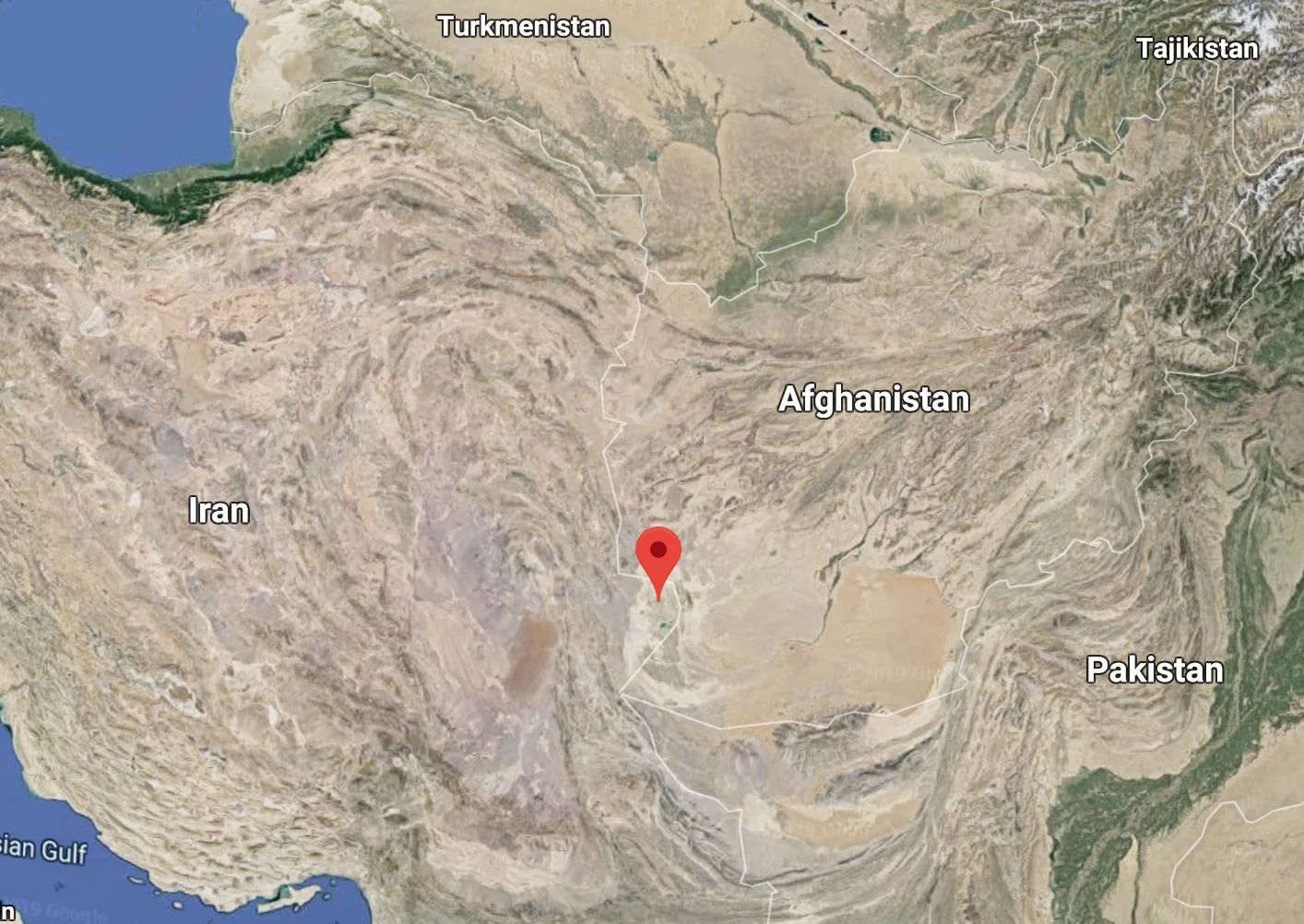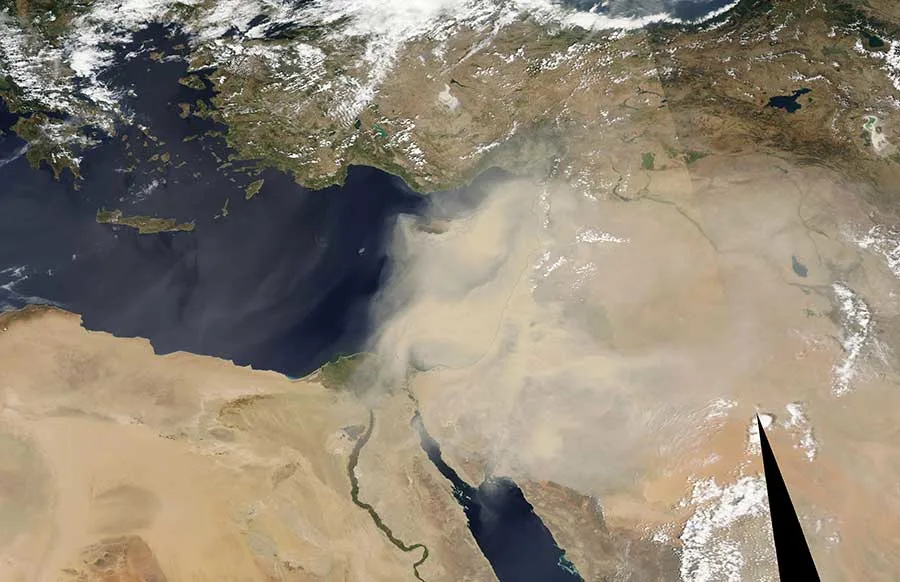
Most polluted city in the world may surprise you
June 5 marks World Environment Day, and one city has a long way to go before reversing any of the adverse effects accumulated over the years.
You would probably expect the most polluted city in the world to be in China and India, and yes, there are plenty of them in those two countries and in other nations around the globe. However, when it comes to fine particles in the air and specifically those known as PM2.5 particles, the city of Zabol in eastern Iran, near the Afghanistan border, is at the top of the list.
The term fine particles, or particulate matter 2.5 (PM 2.5 ), refers to tiny particles or droplets in the air that are two and one-half microns or less in width. The widths of the larger particles in the PM 2.5 size range would be about thirty times smaller than that of a human hair. Fine particulate matter (PM 2.5) is an air pollutant that is a concern for peoples health because they are able to travel deeply into the respiratory tract, reaching the lungs. Exposure to fine particles can cause short-term health effects such as eyes, nose, throat and lung irritation, as well as coughing, sneezing, runny nose and shortness of breath. Exposure to fine particles can also affect lung function and worsen medical conditions such as asthma and heart disease.

(Image: Google Maps)
RELATED: The top allergies affecting Canadians
Zabol, once the heart of a bustling ancient civilization, is now home to millions of those fine particles as the city has dramatically changed into a dust bowl. In this corner of Iran, Summertime temperatures can rise well above 40°C. Along with the heat come persistent winds known locally as "120 days of wind", which can steer-up continuous dust storms that move across the city from north to south.
Climate change in this region has also had a noticeable toll, as drier conditions have caused nearby drylands to completely disappear. During the early years of this century, a nearby wetland called Hamoun, which acted as a natural cooler, dried-up. Not only have temperatures risen since, but dust concentration in the air also increased tremendously, especially during the four months of non-stop winds.

(Image: Dust storm over Iran. Courtesy of NASA)
During the last decade, dust storms have become the norm in Zabol, disrupting life in the city, closing down schools and government offices. City officials are continuously distributing free masks to local residents as the city pollution levels reach values 40 times above normal.
Dust from surrounding drylands combined with fossil fuel pollution in the city makes the situation for many, especially children and the elderly, unbearable. Respiratory-related diseases have sky-rocketed during the last few years, and unfortunately, there is no clear solution on the horizon.

